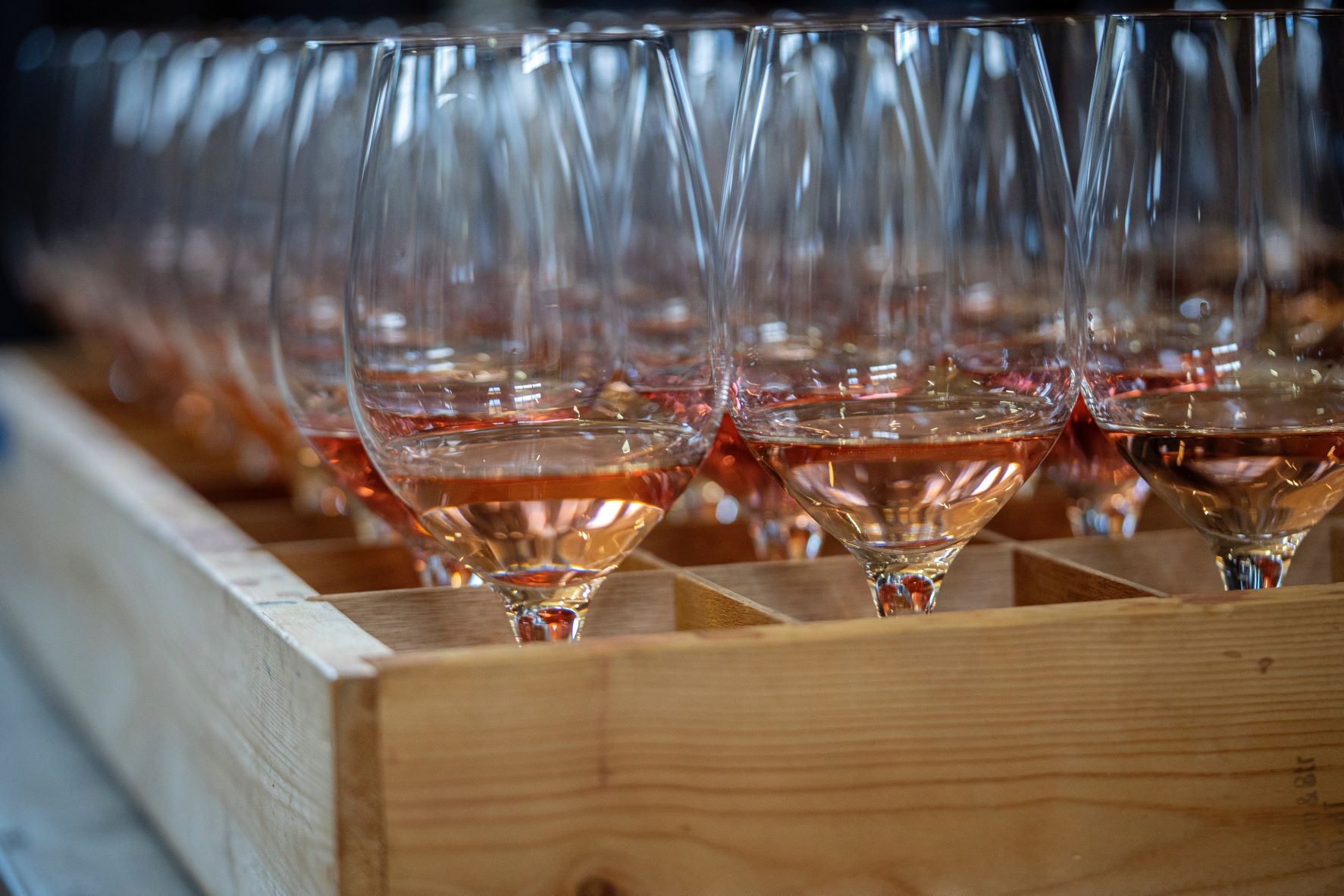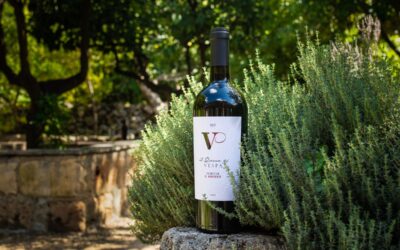Light red, salmon, pink! These are words that describe the beautiful hues of rosé wines, wines given their name because of their color. Restaurant wine lists and retail stores are full of these beauties all year long, not just in spring and summer. Here is a buying guide to rosé wine that may help you at a restaurant or your favorite wine shop.
Traditionally, consumers enjoyed rosés during late spring and summer, when vineyards released the newest rosés, and at Thanksgiving, a holiday pervasive with foods that marry well with rosé wines. Yet it has been only in the last 10 years that consumers now drink them throughout the year; rosés are great to enjoy during any season.
Rosés are great food partners for a plethora of cuisines and seasons. However, for the approaching warmer months, they pair particularly well with shrimp, ceviche, tomato salads, grilled salmon and seafood stew. They work wonderfully on their own too, sitting outside by the pool reading a good book.
Is Rosé a Red or White?
Rosé is a type of wine that gives us a spectrum of styles – bubbly, non-bubbly, dry, very sweet. Yet they are not made from pink grapes, as you might assume, since red and white wines are made from red and white grapes. The color of the resulting rosé is because of the grape’s skins and its contact with the juice.
When winemakers press the grapes, the extracted juice is clear most of the time, regardless of whether the grape is white, or red. Red and rosé wines receive their color not from the juice but from the juice’s contact with the grape’s skins. Maceration is the term for this process.
For rosés, winemakers allow a grape’s juice to soak with its skins for only a short period of time, hours. For red wines, the grape’s skin and juice remain in contact for days or weeks. Each winemaker makes her or his own decision on how long the skins and juice remain in contact. Their decision is typically based on the resulting color and taste that she or he wants. After the winemaker obtains the desired color and taste, the wine then goes on its way to fermentation.
Historically, the most renowned place for rosé wines has been France. But this has changed as more wineries in other countries – Italy, Austria, Spain, Portugal, Greece and the United States – forge ahead with making rosés. Even sparkling rosé has growing interesting, especially Franciacorta rosé. (Read blog article on Discovering Franciacorta.) Rosés also run the price spectrum, with many starting at $10. So, instead of your usual red or white, try a rosé when you are at a restaurant or at home.
My Favorite Picks
- I Love You Bunches rosé – This Cally pink has a beautiful strawberry and cherry flavors that marry well with a vibrant mouthfeel. It has almost a effervescent spritz.
- Pascal Jolivet Sancerre – I have an affinity to Sancerre rosé because it is limited and delicious, regardless of the producer. Pascal Jolivet’s Sancerre of pinot noir shows its elegance and beauty. It overflows with notes of black cherry, plum and raspberry. Its vibrant acidity makes it great for pairing with food.
- La Spinetta Toscana rosé – This is one of my favorite Italian rosés. Made from Sangiovese, it has a medium weight to it with gorgeous cherry and plum notes. The acid is pleasantly balanced. Plus the Rivetti family who owns and cares for the property is amazing.





0 Comments